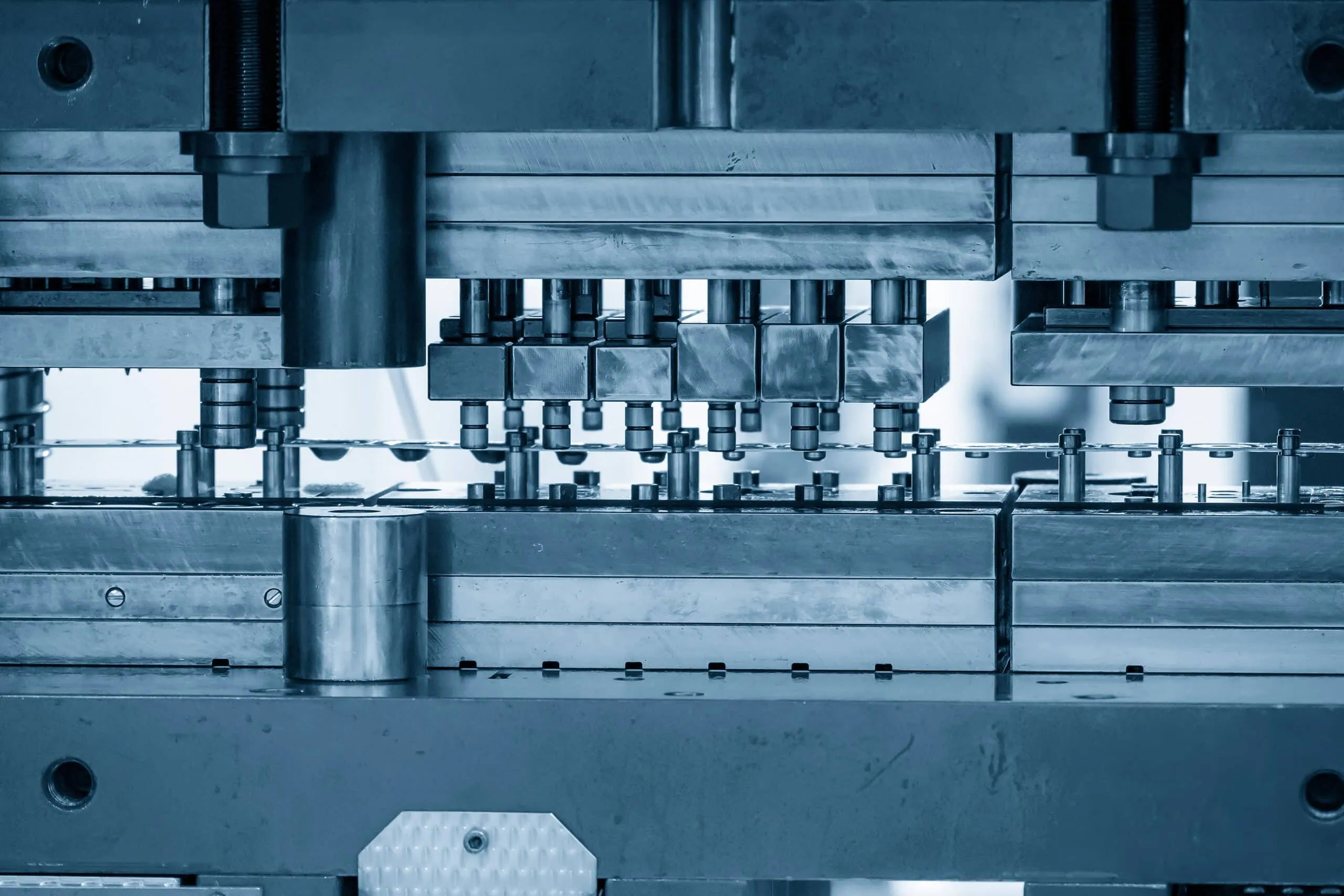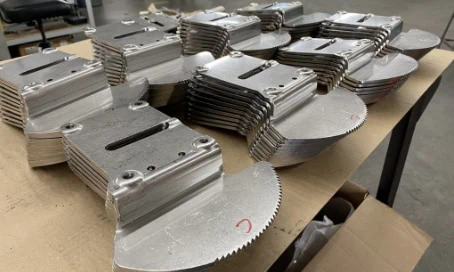Introduction to Metal Stamping Materials
Sheet metal stamping is a versatile manufacturing process, capable of producing everything from simple to highly complex custom parts quickly and cost-effectively. With many types of metals and alloys compatible with metal stamping techniques, identifying the most appropriate material is essential to ensure the final product’s durability and performance.
Verdugo Tool & Engineering has been offering expert metal stamping services since 1957 and has experience working with an extensive range of materials. Here, we will provide an overview of common metal stamping materials, key material considerations, and how Verdugo Tool & Engineering can meet your needs.
Why Material Selection Matters in Metal Stamping
Whether your project is simple or highly complex, material selection plays a large role in its success. Metal stamping uses a variety of processes, including bending, coining, notching, embossing, and more. The material you select must not only perform as required in its end-use application but must also be compatible with the manufacturing processes themselves.
The type of metal you choose impacts your finished component’s cost, longevity, and performance capabilities. For example, materials with inadequate strength can lead to part failure. Difficult-to-form materials, on the other hand, require longer processing times and higher production costs.
Material selection affects many critical aspects of a metal stamping project, including:
Performance. The right material will withstand operational stresses without failure, performing reliably in its end-use application.
Manufacturability. Identifying materials with good formability will reduce the risk of defects occurring during the stamping process.
Cost-Efficiency. The right material will balance cost and performance requirements to ensure economic viability.
Expert advice can make a big difference in your project’s results. If you’re looking for guidance on material selection, contact Verdugo Tool & Engineering today. We’re happy to offer advice specific to your application.
Critical Factors to Consider When Choosing Materials for Your Stamped Parts
Understanding material properties and your performance requirements will help you make the most reliable and cost-effective choice for your project. To meet these goals, consider the following factors:
Material Properties That Impact Part Performance
This refers to a material's ability to withstand force without breaking.
Adequate ductility is important for ensuring components can be deformed under stress without fracturing.
Precision applications require materials with consistent thickness.
Metals with high conductivity are used for electrical conduction and heat dissipation, whereas metals with lower conductivity are great for electrical insulation or heat resistance.
Applications that involve harsh environmental conditions will require corrosion-resistant materials.
Certain materials are compatible with surface treatments and finishing techniques to accomplish functional as well as aesthetic goals.
Verdugo's Standards and Certifications
At Verdugo, we implement rigorous quality control standards. We are ISO 9001:2015 certified, ITAR compliant, and we also meet an extensive range of industry-specific specifications, including:
- ANSI
- ASTM
- ASME
- DFARS
- Mil-Spec
For Expert Guidance in Material Selection for Stamped Parts, Contact Us Today
Sheet metal stamping is compatible with many materials, including stainless steel and steel, high-performance alloys, exotic metals, and much more. With the right knowledge, you can select an option that perfectly balances your budget and performance requirements.
Verdugo has been helping high-performance industries since 1957, offering our expertise for an extensive range of metal stamping materials, especially for high-volume production. Our engineers can help you explore all of your options and get the parts you need as efficiently as possible. Request a quote today to get started or contact us with your questions.


